Vienna’s imperial palaces dominate every travel itinerary, and rightfully so—they’re magnificent monuments to centuries of Habsburg grandeur. Yet focusing solely on Schönbrunn and the Hofburg means missing the vibrant, living city that pulses beneath Vienna’s formal exterior. Modern Vienna thrives in its coffee houses, markets, underground bars, and neighborhoods where locals actually spend their time.
The city’s real character emerges in places where tourists rarely venture, from thermal baths that have operated since Roman times to cutting-edge museums housed in former gasometers. Here is a list of 17 experiences that reveal Vienna’s authentic personality beyond its palatial facade.
Naschmarkt Saturday Mornings
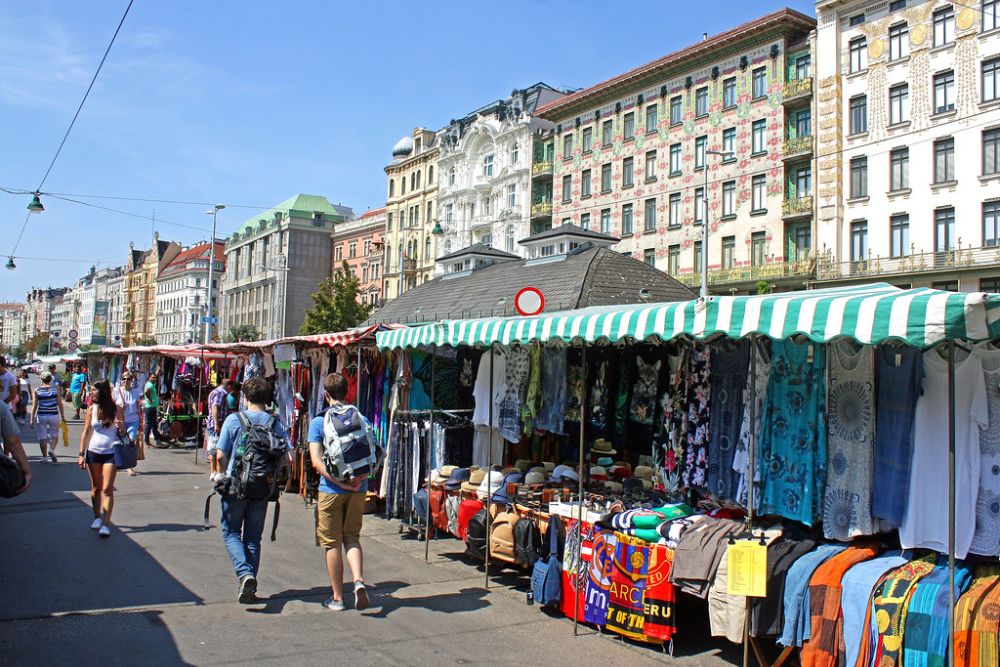
This sprawling market transforms into Vienna’s most dynamic gathering place every Saturday when local vendors join the permanent stalls selling everything from Styrian pumpkin seed oil to handmade ceramics. The energy peaks around 10 AM as Viennese families arrive for their weekly shopping, creating a social atmosphere that feels more like a neighborhood festival than a tourist market.
Conversations flow in multiple languages, while vendors offer samples of regional specialties that rarely appear in restaurants. The market’s southern end, where it meets the Kettenbrückengasse U-Bahn station, hosts the most authentic local vendors alongside cafes serving traditional Austrian breakfast plates.
Therme Wien
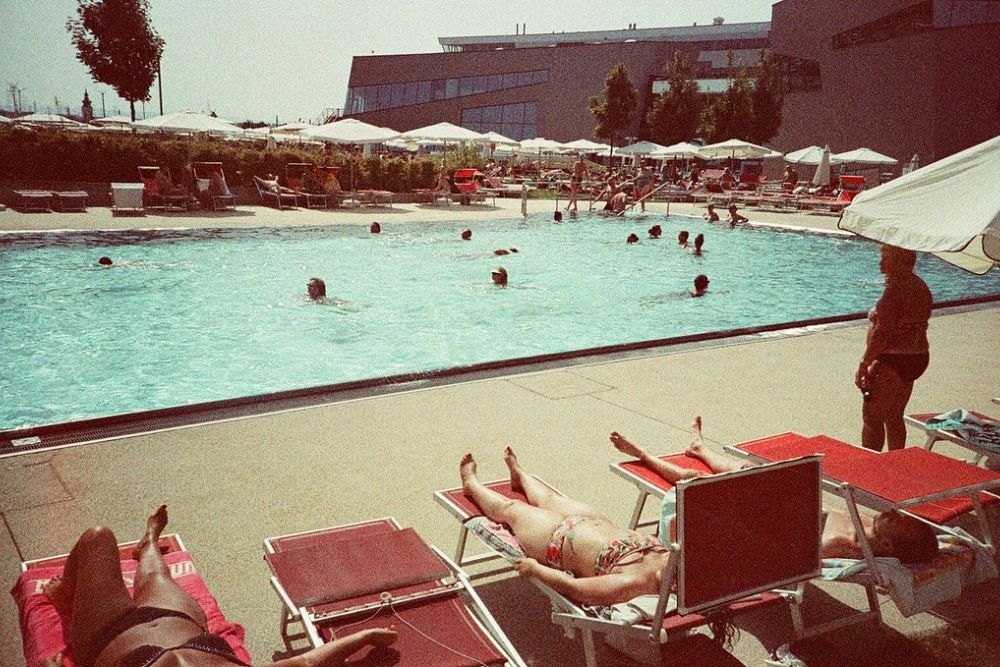
Vienna’s massive thermal bath complex sits on the site of natural hot springs that have been used for relaxation since the Roman occupation. The modern facility combines traditional Austrian spa culture with contemporary wellness concepts, featuring indoor and outdoor pools heated by geothermal energy.
Locals treat this as a social destination rather than just a spa, spending entire afternoons moving between different temperature pools and relaxation areas. The complex includes saunas, steam rooms, and treatment facilities that operate according to European spa traditions, where swimwear is optional in designated areas.
Like Travel Pug’s content? Follow us on MSN.
Prater Amusement Park After Dark

While tourists visit Prater during daylight hours to ride the famous Ferris wheel, the park’s real magic emerges after sunset when neon lights illuminate the vintage carnival rides and local families arrive for evening entertainment. The atmosphere shifts from a tourist attraction to a genuine neighborhood gathering place, with Viennese teenagers meeting friends and families and enjoying affordable entertainment that’s remained largely unchanged for decades.
Traditional Austrian carnival foods like Langos and roasted chestnuts taste even better consumed while watching the city lights from antique rides that have operated in the same location for over a century. The park stays open until midnight during summer months, creating a uniquely Viennese evening experience.
Zentralfriedhof Musician Graves

Vienna’s Central Cemetery contains the final resting places of more famous composers than any other location on Earth, yet most visitors rush through without understanding the cultural significance of this elaborate necropolis. The musicians’ section reads like a who’s who of classical music history, with elaborate monuments to Beethoven, Schubert, Brahms, and others whose music still fills Vienna’s concert halls nightly.
Local music students and teachers regularly visit these graves as pilgrimage sites, often leaving flowers or small offerings. The cemetery’s design reflects 19th-century Vienna’s relationship with death and remembrance, creating a peaceful environment that encourages contemplation of the city’s musical heritage.
Gasometer City Living Complex
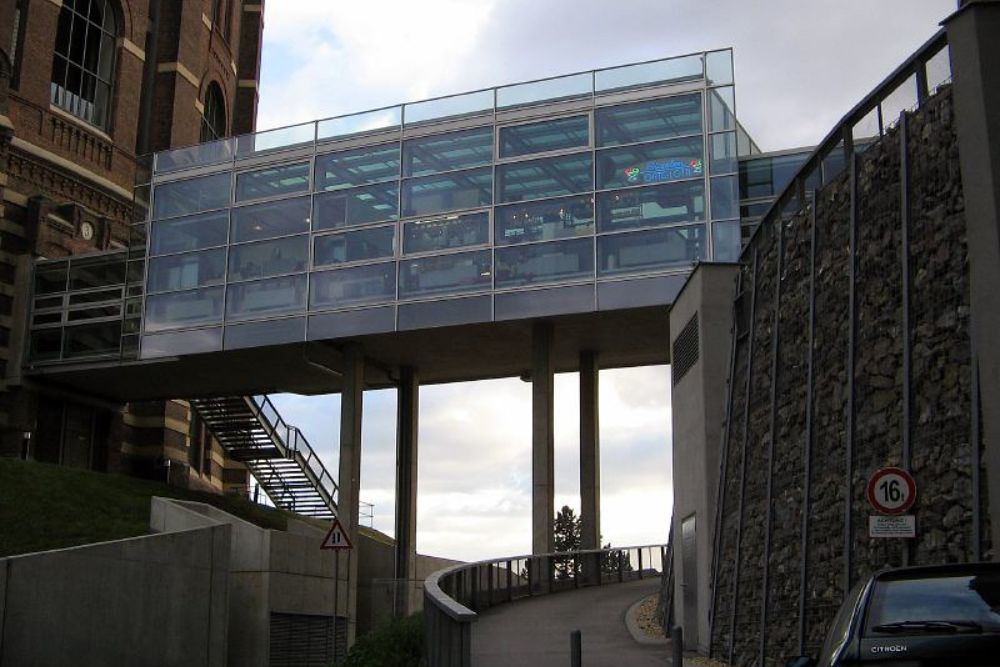
Four former industrial gas storage tanks have been converted into a residential and commercial complex that represents Vienna’s approach to urban renewal and affordable housing. The massive cylindrical structures now contain apartments, shops, offices, and entertainment venues while preserving their distinctive industrial architecture.
Residents include artists, students, and working families who’ve created a genuine community within these repurposed structures. The complex’s design demonstrates Vienna’s commitment to providing quality housing for diverse income levels while maintaining architectural heritage.
Like Travel Pug’s content? Follow us on MSN.
Augarten Porcelain Manufactory

This working porcelain factory has operated continuously since 1718, producing hand-painted ceramics using traditional techniques that have remained essentially unchanged for centuries. Visitors can observe master craftspeople creating pieces that take weeks to complete, from initial molding through multiple firing and painting stages.
The factory’s museum displays historical pieces alongside contemporary works, showing how traditional Austrian craftsmanship adapts to modern design trends. The on-site shop sells pieces directly from the production line, offering authentic Viennese porcelain at factory prices.
Donauinsel Recreation Island
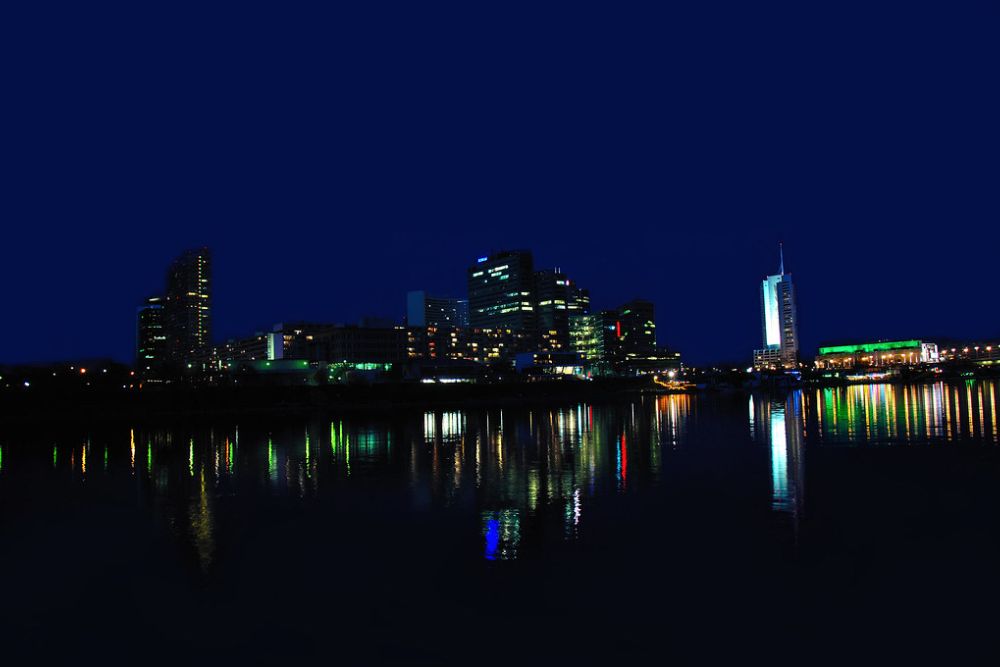
This 13-mile artificial island in the Danube River serves as Vienna’s primary recreational escape, offering beaches, bike paths, and open spaces that feel completely removed from urban life. Local families use the island for weekend barbecues, swimming, and outdoor activities that would be impossible in the city center.
The island hosts Europe’s largest free music festival annually, transforming into a massive concert venue while maintaining its natural character. Multiple beaches along the island’s length provide different atmospheres, from family-friendly areas with playgrounds to quieter sections preferred by naturists.
Kunst Haus Wien
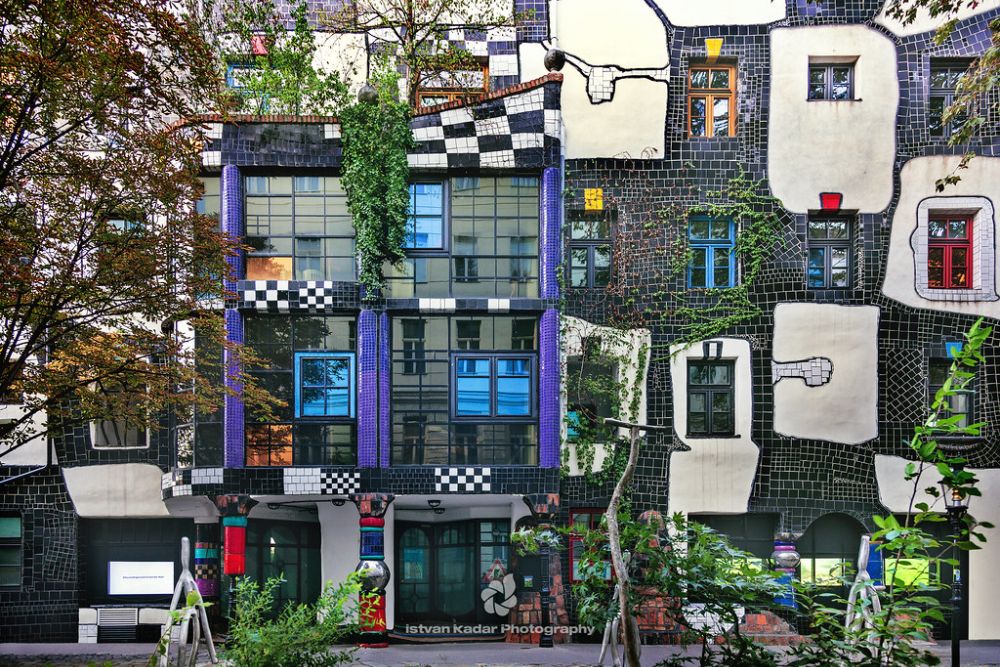
This unconventional museum celebrates the work of Friedensreich Hundertwasser while housing rotating exhibitions of contemporary environmental art. The building itself serves as Hundertwasser’s architectural manifesto, with uneven floors, irregular windows, and vegetation growing directly from the roof and walls.
The museum’s approach to art emphasizes the relationship between human creativity and natural systems, reflecting Vienna’s growing environmental consciousness. The building’s unique design creates spaces that feel more like exploring an artist’s private studio than visiting a traditional museum.
Like Travel Pug’s content? Follow us on MSN.
Stadtpark Outdoor Concerts
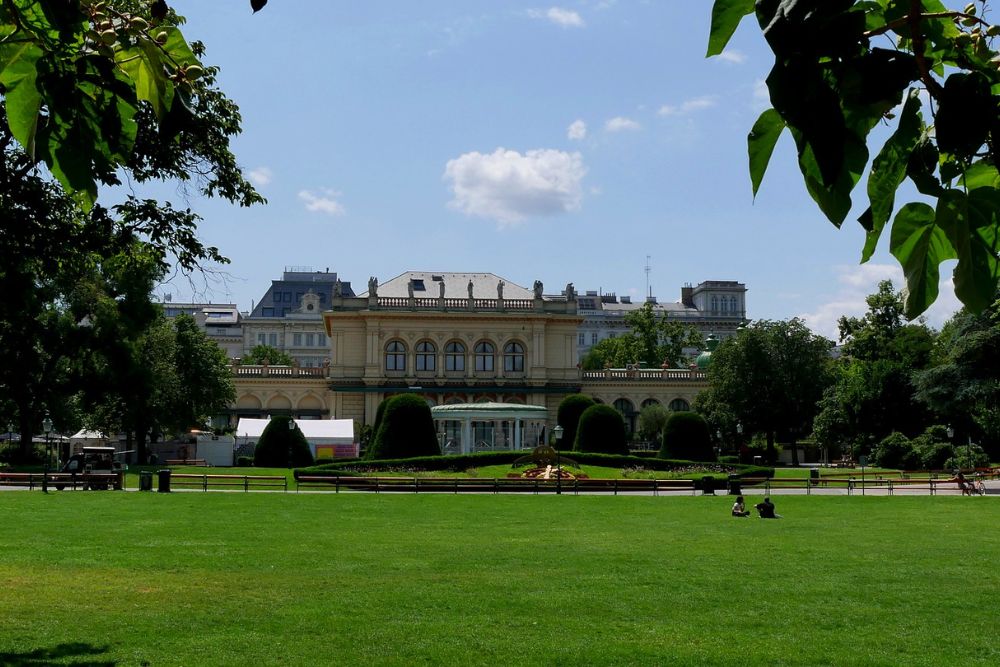
Beyond the famous golden Johann Strauss statue, Stadtpark hosts regular outdoor concerts featuring local musicians performing everything from traditional Viennese waltzes to contemporary Austrian pop. These informal performances happen most weekend afternoons during warmer months, attracting local families and music lovers who bring picnics and settle on the grass.
The concerts showcase Vienna’s active contemporary music scene rather than just its classical heritage. The park’s design includes natural amphitheater areas where sound carries well, creating an intimate concert experience in the heart of the city.
Brunnenmarkt Immigrant Culture
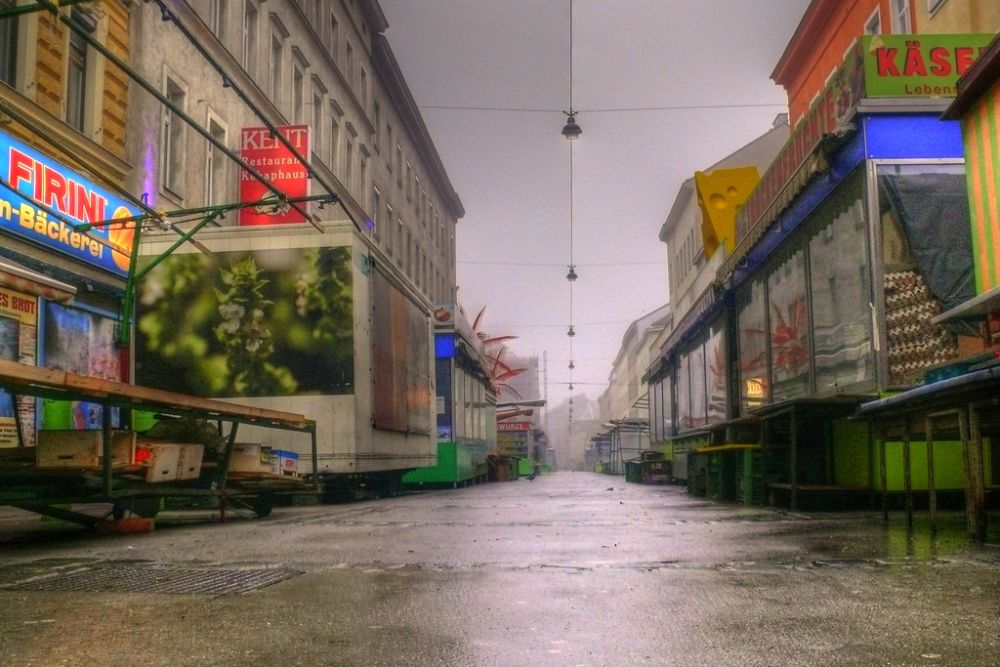
This working-class market in the Ottakring district showcases Vienna’s multicultural reality through vendors selling Turkish, Arabic, and Balkan specialties alongside traditional Austrian products. The market serves Vienna’s diverse immigrant communities while attracting food enthusiasts seeking authentic international cuisine at local prices.
Family-run businesses that have operated for decades create a neighborhood atmosphere where regulars know vendors by name. The surrounding streets feature restaurants and shops that reflect Vienna’s evolution into a genuinely multicultural city.
Arsenal Contemporary Art
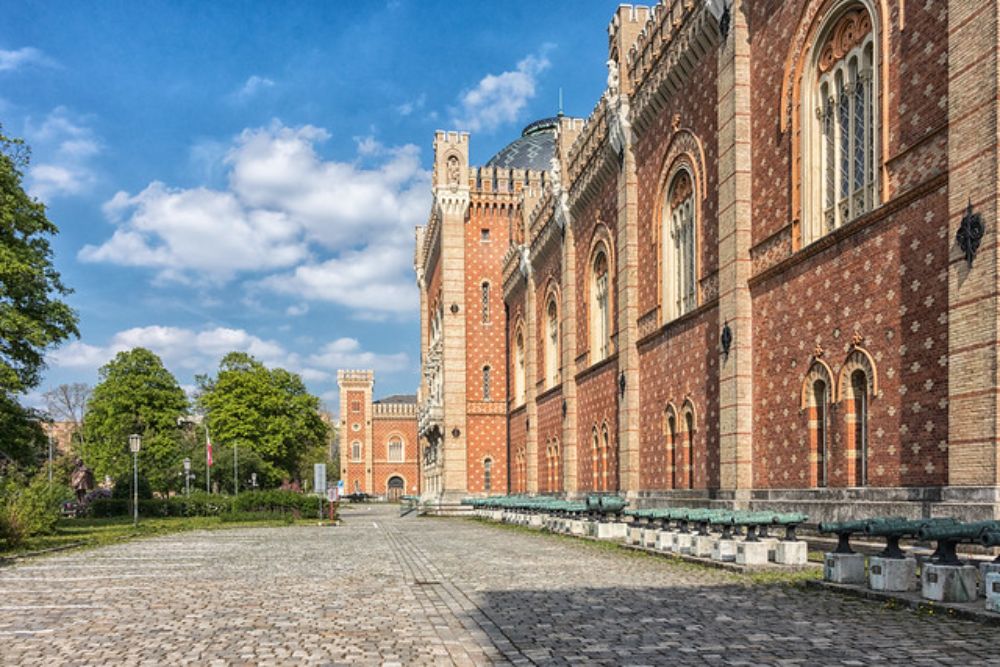
This former military complex houses multiple contemporary art venues, including the 21er Haus Museum and various artist studios and galleries. The industrial architecture provides dramatic backdrops for cutting-edge exhibitions that explore contemporary Austrian and international art.
The complex represents Vienna’s commitment to supporting contemporary creativity while preserving historical architecture. Regular events and openings create opportunities to meet local artists and gallery owners who shape Vienna’s current cultural landscape.
Like Travel Pug’s content? Follow us on MSN.
Danube River Swimming
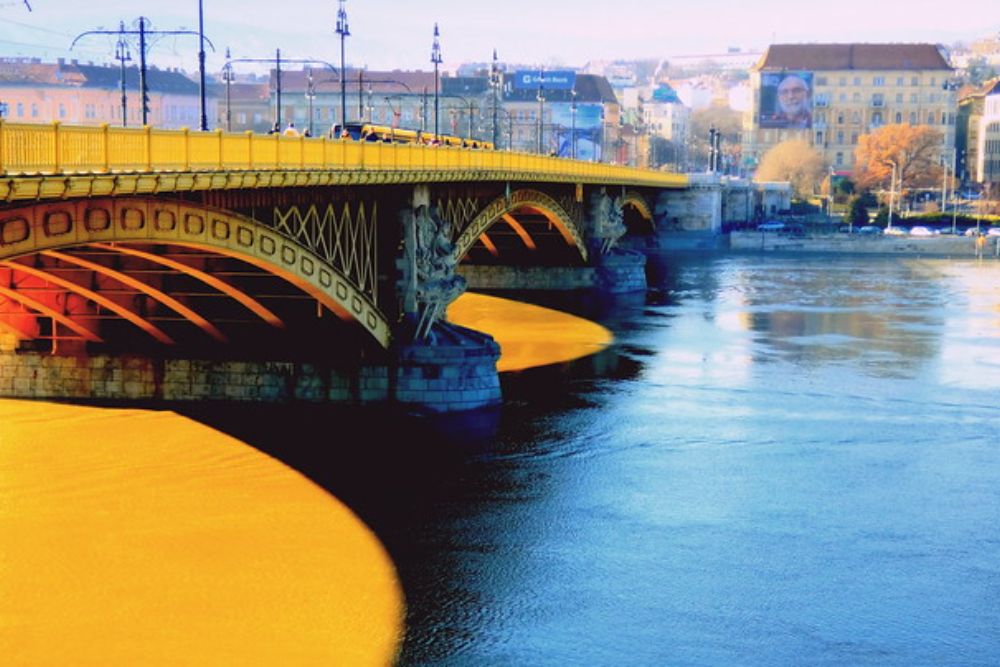
Multiple public swimming areas along the Danube provide opportunities for river swimming within Vienna’s city limits, offering a uniquely urban natural experience. The Gänsehäufel island contains Europe’s largest river swimming facility, with designated swimming areas, changing facilities, and refreshment stands.
Local families treat river swimming as a normal summer activity, creating a relaxed atmosphere where visitors can experience Vienna’s relationship with its natural environment. The water quality is regularly monitored and maintained to European swimming standards.
Flohmarkt Vienna Flea Markets
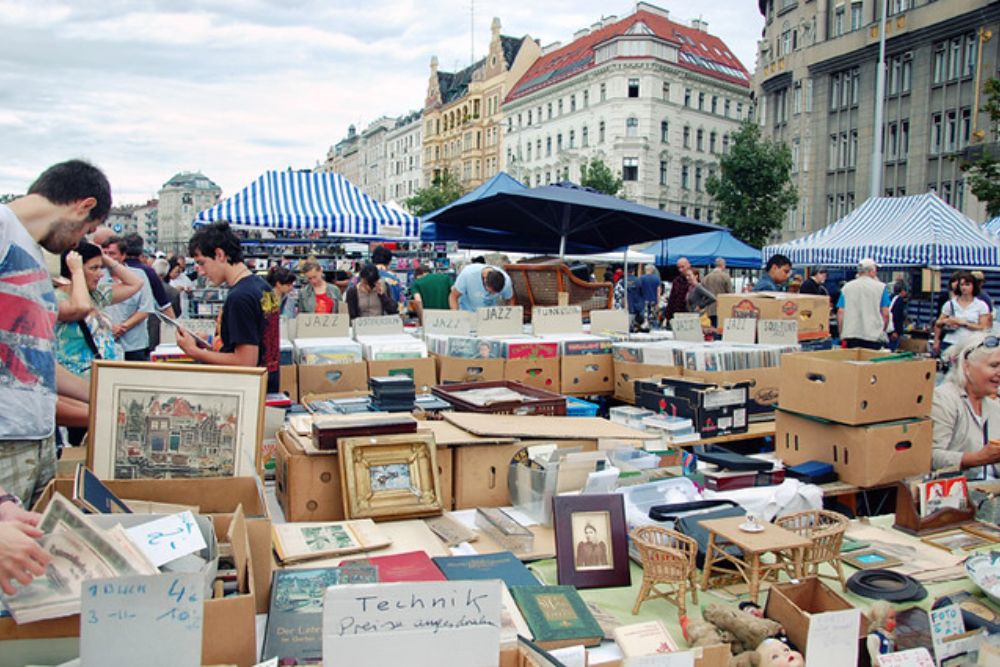
Several neighborhood flea markets operate throughout Vienna, offering everything from Habsburg-era antiques to Soviet-era memorabilia and contemporary collectibles. The Saturday market at the Naschmarkt attracts serious collectors and bargain hunters who arrive early to find the best pieces.
Vendors range from professional antique dealers to residents clearing out apartments, creating opportunities to find unique items with genuine stories. The markets reflect Vienna’s layers of history through objects that span centuries of European cultural development.
Volksgarten Rose Garden

This formal garden contains over 3,000 rose bushes representing more than 200 varieties, creating one of Europe’s most impressive urban rose collections. The garden peaks during June and July when the roses bloom simultaneously, filling the air with fragrance and attracting local photography enthusiasts. The garden’s design reflects classical European garden traditions while incorporating modern horticultural techniques.
Early morning visits provide the best lighting for photography and the most peaceful atmosphere for enjoying the roses’ scent.
Like Travel Pug’s content? Follow us on MSN.
Heurigen Wine Taverns
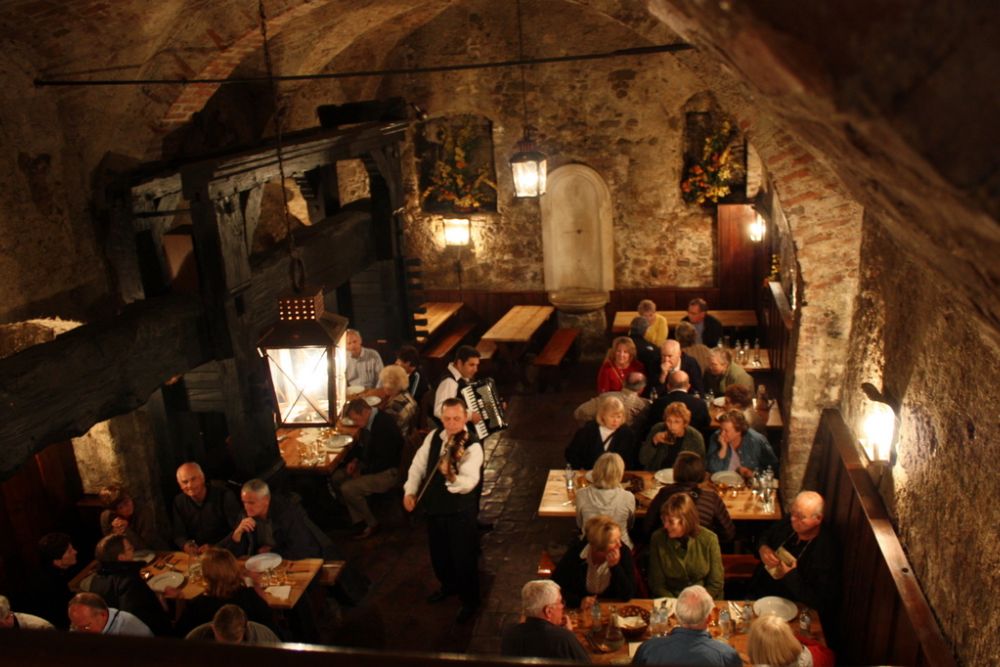
Traditional wine taverns in Vienna’s outer districts serve new wine alongside simple Austrian food in settings that have remained largely unchanged for generations. These family-run establishments occupy former farmhouses and vineyards that were once outside the city but have been absorbed by urban expansion.
The atmosphere encourages lingering over wine and conversation, with communal tables and live accordion music creating a genuinely social experience. Each Heuriger reflects its family’s winemaking traditions and regional specialties, offering tastes of Austria that vary significantly between establishments.
Secession Building Art Nouveau
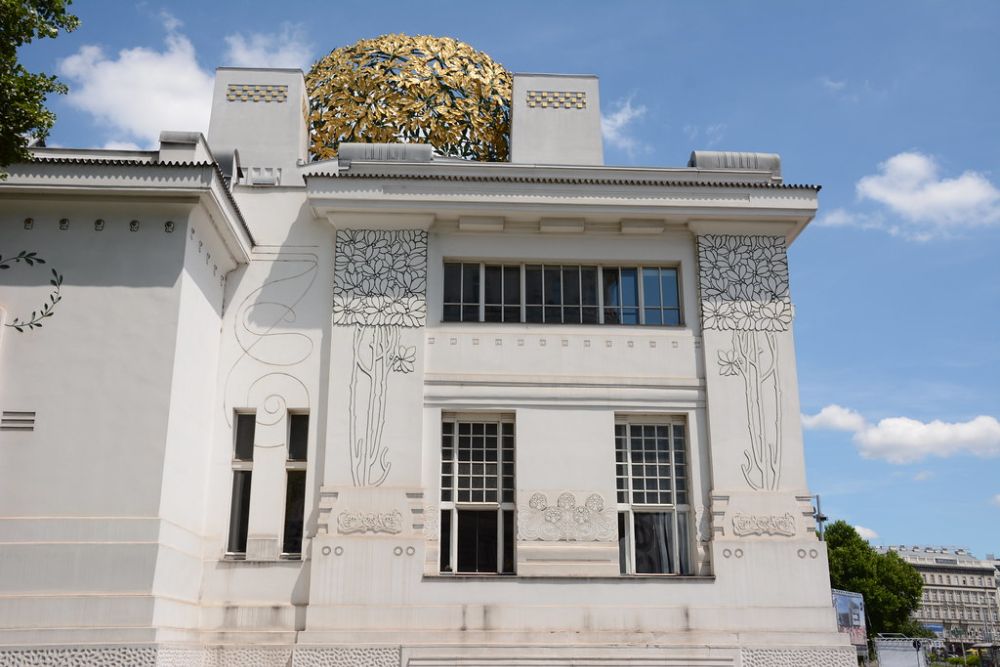
This iconic Art Nouveau building houses rotating contemporary art exhibitions while serving as a monument to Vienna’s role in the development of modern European art. The building’s distinctive golden dome and geometric facade represent the Vienna Secession movement’s break from traditional academic art.
Interior spaces are designed to showcase contemporary art in settings that reflect the building’s historical significance. The permanent Beethoven Frieze by Gustav Klimt provides context for understanding Vienna’s transition from imperial to modern artistic expression.
Central Cemetery Historical Sections
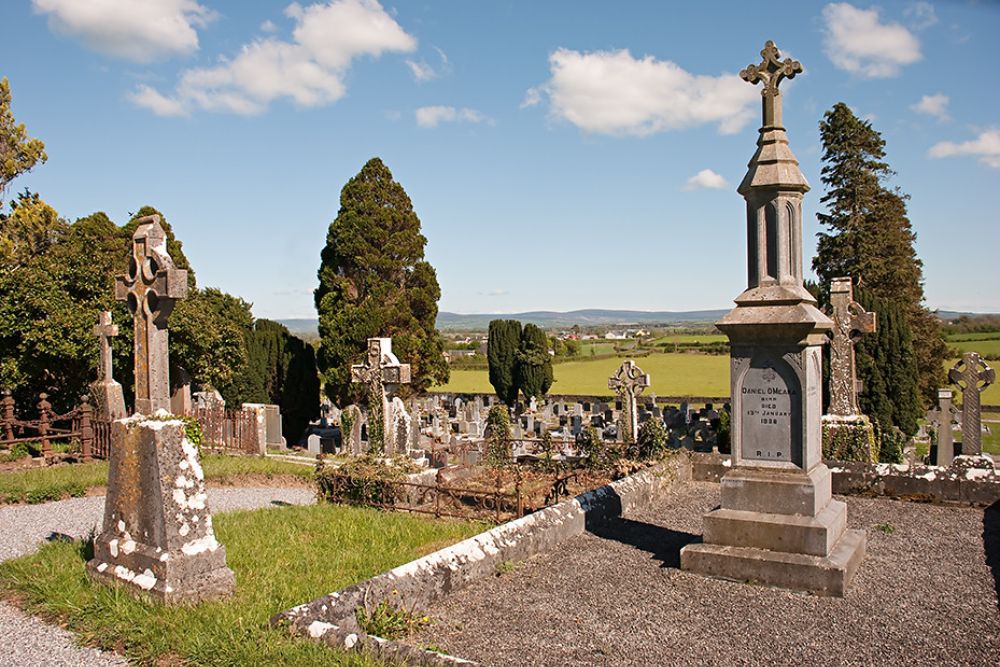
Beyond the famous musicians’ graves, Vienna’s Central Cemetery contains sections dedicated to different religious communities, social groups, and historical periods that tell the story of the city’s diverse population. The Protestant section reflects Vienna’s religious minorities, while the Soviet memorial honors Red Army soldiers who died liberating the city in 1945.
Jewish sections preserve the memory of Vienna’s once-thriving Jewish community before and after the Holocaust. Each area uses distinctive architectural and artistic traditions that reflect the cultural diversity of historical Vienna.
Like Travel Pug’s content? Follow us on MSN.
Living History in Motion
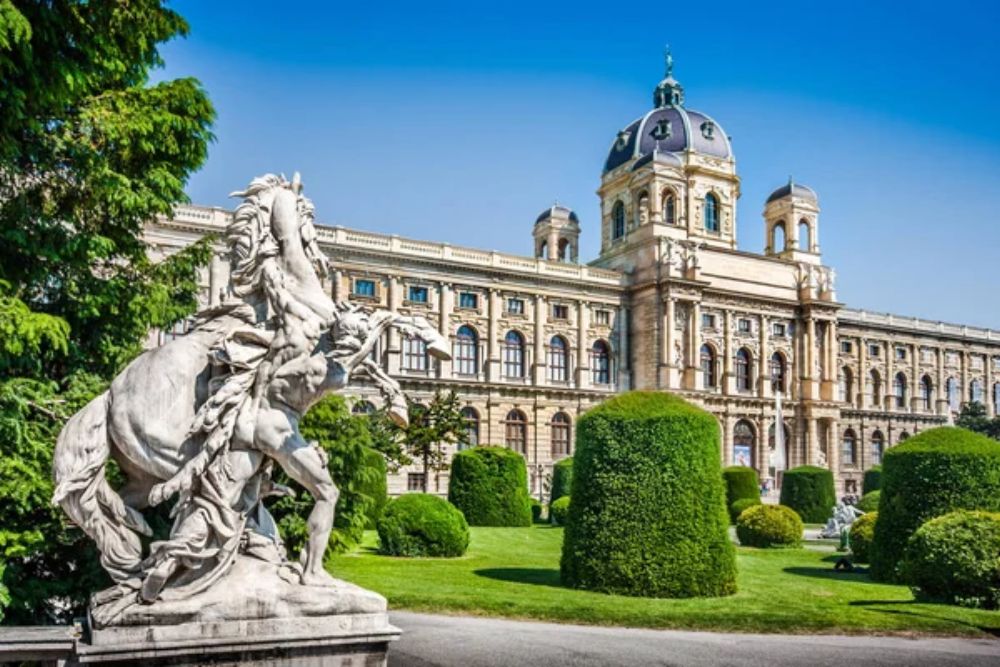
These experiences reveal Vienna as more than a museum city preserved in imperial amber—it’s a living European capital where traditional culture evolves alongside contemporary innovation. The city’s neighborhoods, markets, and public spaces continue to develop while maintaining connections to centuries of cultural heritage.
Vienna’s authentic character emerges not in its formal attractions but in the everyday places where locals create the culture that visitors come to experience.
More from Travel Pug

- 20 Best Beach Towns in the Carolinas
- 13 Destinations Where Tourists Regularly Regret Their Trip
- 20 Things You Actually Get in First Class
- 20 Small Airports With Aviation Museums
- 20 Places in the U.S. That Are Perfect for a Reset Trip
Like Travel Pug’s content? Follow us on MSN.
